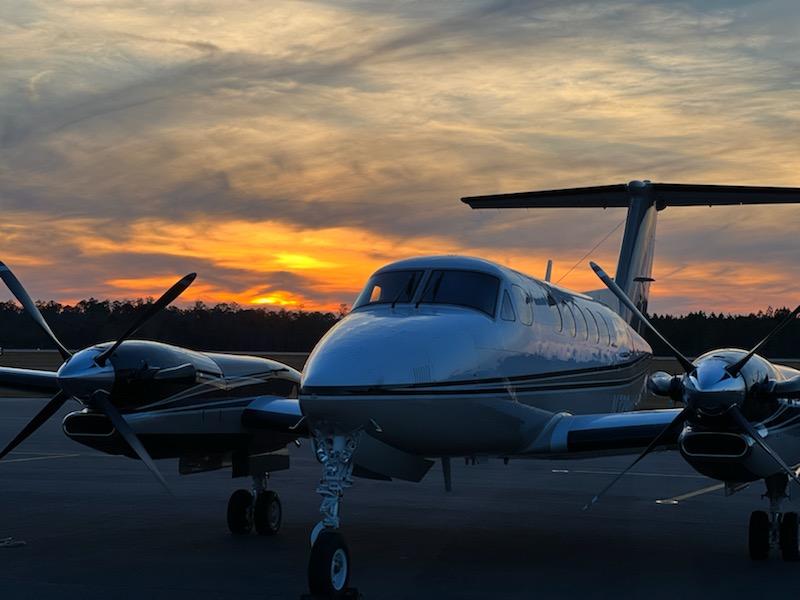Beech King Air 300’s Impact on Private and Commercial Aviation
In the aviation world, few aircraft have managed to leave a mark as significant as the Beech King Air 300. This twin-turboprop aircraft has not only redefined the standards of private air travel but has also carved a niche for itself in the commercial aviation sector. With its exceptional performance, versatility, and enduring reliability, the King Air 300 continues to influence aviation dynamics, proving itself to be a stalwart in the skies.
Beech King Air 300: Revolutionizing Sky Travel

The Beech King Air 300, introduced by Beechcraft in the early 1980s, quickly established itself as a revolutionary aircraft, offering unmatched capabilities in its class. Its design improvements over previous models in the King Air series included more powerful engines, a higher maximum takeoff weight, and advanced aerodynamics, which collectively enhanced its performance. The aircraft’s ability to operate from shorter runways and its impressive climb rate made it ideal for accessing remote locations, thereby expanding travel possibilities for private owners and operators.
Incorporating state-of-the-art avionics and a pressurized cabin, the King Air 300 offered a level of comfort and sophistication previously reserved for larger jets. Passengers and operators appreciated the generous cabin space, luxurious seating, and the quiet, smooth ride, even in turbulent conditions. These features made it a preferred choice for business executives and VIPs seeking a reliable and comfortable mode of travel, revolutionizing the concept of private aviation.
Moreover, the King Air 300’s efficiency and operational cost-effectiveness played a critical role in its widespread adoption. With lower fuel consumption compared to jets of similar size, it provided an economical alternative without compromising on performance. This balance of efficiency and capability ensured that the King Air 300 could meet the demands of both individual owners and charter services, enabling a broader range of travelers to experience its benefits.
A Game Changer in Private and Commercial Aviation

Beyond its impact on private aviation, the Beech King Air 300 also brought significant changes to the commercial aviation landscape. Airlines and charter companies quickly recognized the aircraft’s potential to serve niche markets that larger jets could not efficiently reach. Its ability to land on shorter, less-developed runways allowed commercial operators to establish routes to underserved and rural areas, enhancing regional connectivity and offering communities improved access to air travel.
The King Air 300’s versatility also facilitated diverse applications beyond passenger transport. Its robust design and reliable performance made it suitable for various specialized missions, such as medical evacuation, cargo transportation, and aerial surveying. This adaptability contributed to its widespread acceptance across different sectors, positioning the aircraft as a multipurpose asset that could address multiple aviation needs.
Furthermore, the aircraft’s impact on training and pilot development cannot be understated. As a popular choice for flight schools and training programs, the King Air 300 provided aspiring pilots with the opportunity to gain experience on a sophisticated, high-performance aircraft. Its presence in both professional and instructional settings ensured a steady supply of proficient pilots familiar with its operations, supporting the growth and sustainability of the aviation industry.
The Beech King Air 300 stands as a testament to innovation and adaptability in aviation. By transforming private air travel and reshaping commercial aviation practices, it has left an indelible mark on the industry. As the demand for versatile and cost-effective aircraft continues to grow, the legacy of the King Air 300 endures, inspiring new generations of aircraft designers and operators to push the boundaries of what’s possible in the skies.



